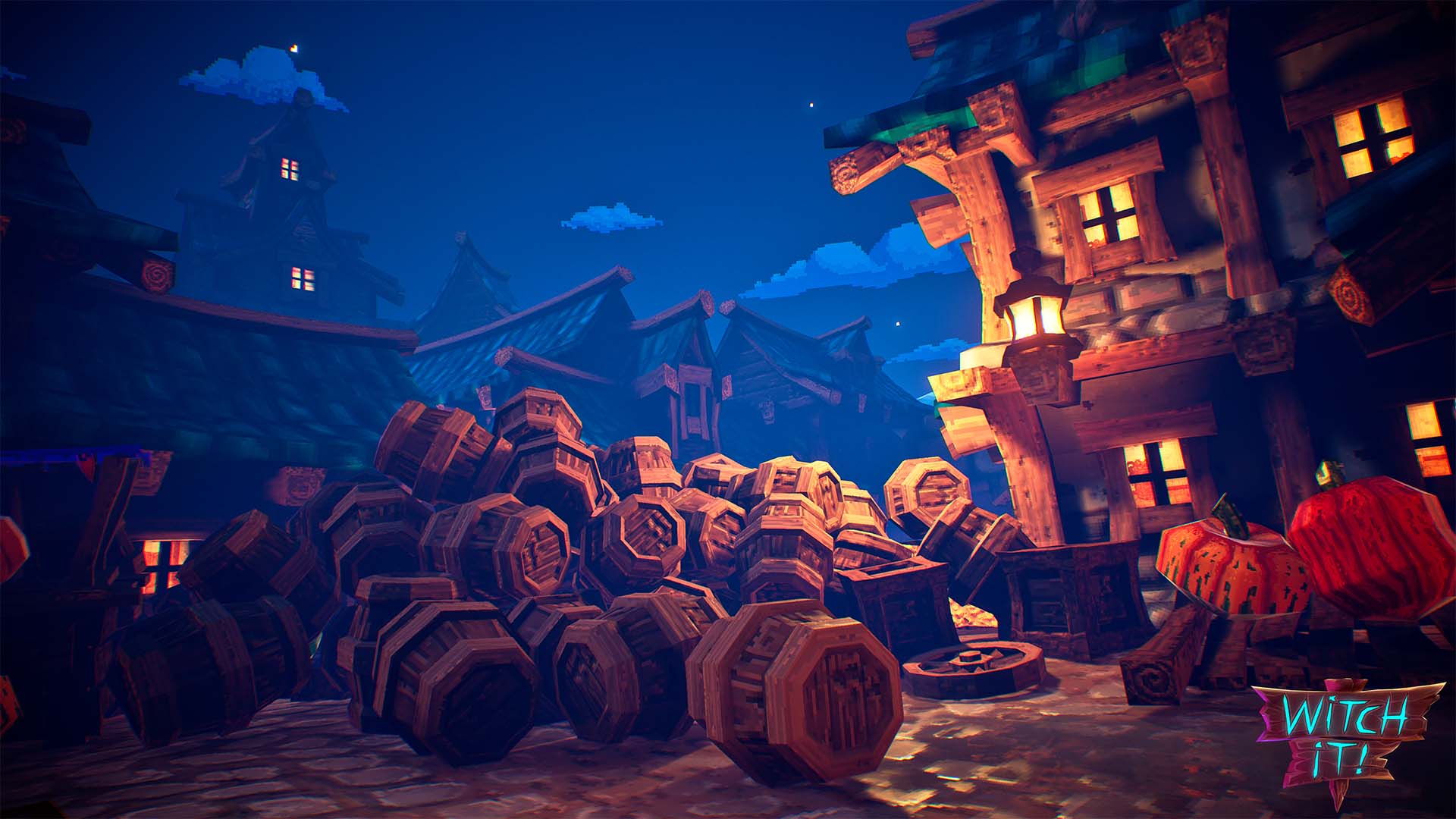

He has a goat-like beard and horns, and stands in silhouette, accentuating his heavy body and gaping mouth, which is depicted as if he is screaming. Satan preaches from a raised earth mound and is dressed in clerical clothing that may be a soutane. Following their exhibition at the Paris Exposition Universelle in 1878, where they were met with little reaction, d'Erlanger donated them to the Spanish state in 1881. To preserve them, the new owner of the house had them transferred to canvas under the direction of the art restorer of the Museo del Prado, Salvador Martinez Cubells. The murals had deteriorated badly after many years on the walls. The house changed owners a number of times before March 1873, when it came into the possession of the Belgian Frédéric Émile d'Erlanger, who speculated that the area would appreciate in value over the coming years. Art historian Lawrence Gowing observed that the lower floor was divided thematically, with a male side – Saturn and A Pilgrimage to San Isidro – and a female side – Judith and Holofernes, Witches' Sabbath and Leocadia. Leocadia, Two Old Men and Two Old Men Eating Soup were on the left wall. On the wall to the right were Saturn Devouring His Son and Judith and Holofernes.
Witch it art full#
An 1830 inventory by Brugada indicates that the work took a full wall between two windows on the first floor, opposite A Pilgrimage to San Isidro. Goya went to exile in France in 1824, and ownership of the house passed to his grandson Mariano. It is thought that he had hoped for political and religious reform, but like many liberals became disillusioned when the restored Bourbon monarchy and Catholic hierarchy rejected the Spanish Constitution of 1812. In his unpublished art he seems to have railed against what he saw as a tactical retreat into Medievalism. Īrt historians assume Goya felt alienated from the social and political trends that followed the 1814 restoration of the Bourbon monarchy, and that he viewed these developments as reactionary means of social control. The house had become known as "La Quinta del Sordo" (The House of the Deaf Man), after the nearest farmhouse had coincidentally also belonged to a deaf man.

From the late 1810s he lived in near-solitude outside Madrid in a farmhouse converted into a studio. Goya had been a successful and royally placed artist, but withdrew from public life during his final years. He was tormented by a dread of old age and fear of madness, the latter possibly from anxiety caused by an undiagnosed illness that left him deaf from the early 1790s. He deliberately suppressed a number of his works from this period – most notably the Disasters of War series – which are today considered amongst his finest. The historical record of Goya's later life is relatively scant no accounts of his thoughts from this time survive. At its reduced dimensions of 141 × 436 cm (56 × 172 in), its framing is unusually tightly cropped, which some critics find adds to its haunted, spectral aura, although others believe it distorts Goya's intentions by moving the centre of balance and reducing the painting's impact. During the transfer about 140 cm (55 in) of the painting was cut from the right-hand side. Witches' Sabbath was much wider before transfer – it was the broadest of the Black Paintings. As with the other works in the group, Witches' Sabbath reflects its painter's disillusionment and can be linked thematically to his earlier etching The Sleep of Reason Produces Monsters as well as the Disasters of War print series, another bold political statement published only posthumously.Īround 1874, some fifty years after his death, the plaster murals were taken down and transferred to canvas supports. Absent of fact, Witches' Sabbath is generally seen by some art historians as a satire on the credulity of the age, a condemnation of superstition and the witch trials of the Spanish Inquisition. The paintings were completed in secret: he did not title any of the works or leave a record of his intentions in creating them. It is one of the fourteen Black Paintings that Goya applied in oil on the plaster walls of his house, the Quinta del Sordo. Goya was then around 75 years old, living alone and suffering from acute mental and physical distress. Satan hulks, in the form of a goat, in moonlit silhouette over a coven of terrified witches. It explores themes of violence, intimidation, aging and death. Witches' Sabbath or The Great He-Goat (Spanish: Aquelarre or El gran cabrón ) are names given to an oil mural by the Spanish artist Francisco Goya, completed sometime between 18.


 0 kommentar(er)
0 kommentar(er)
